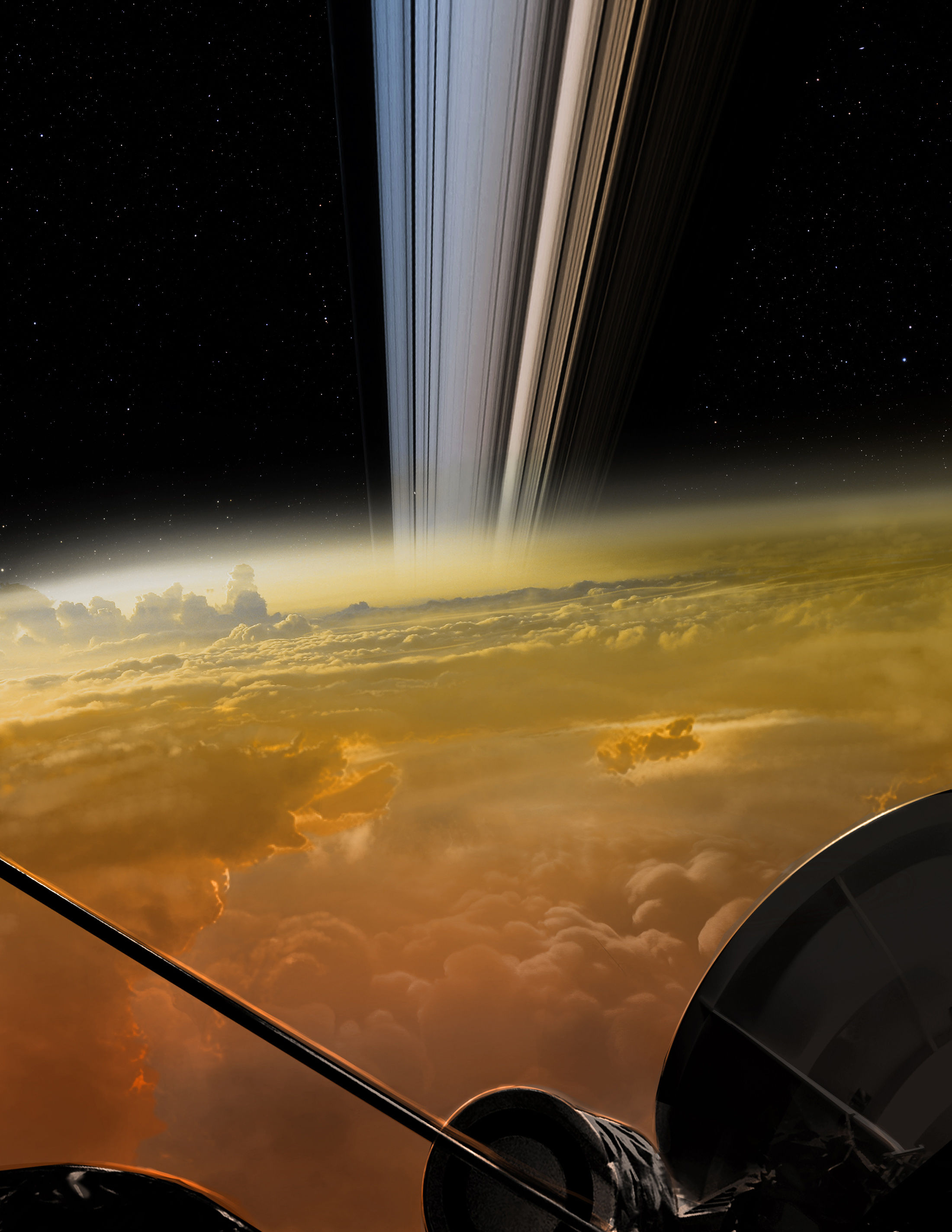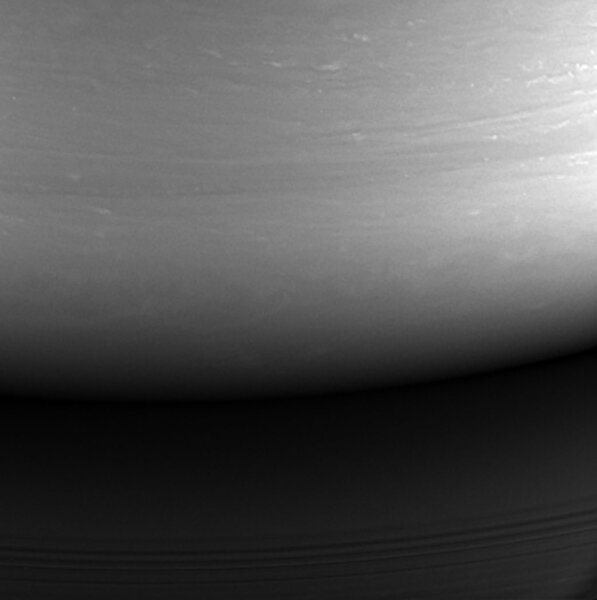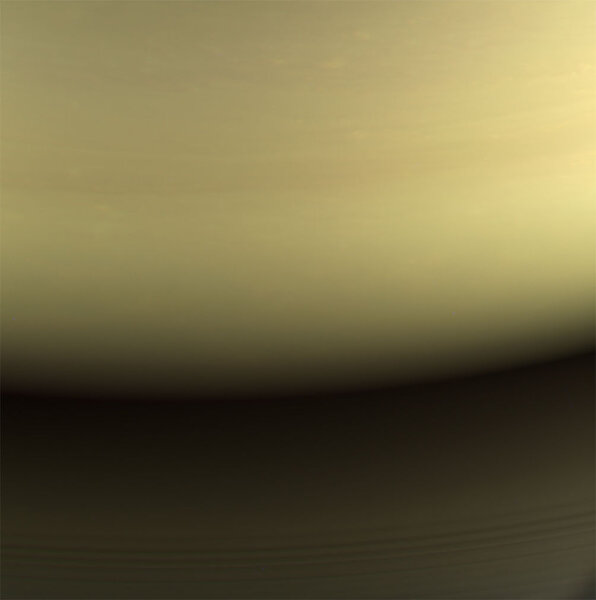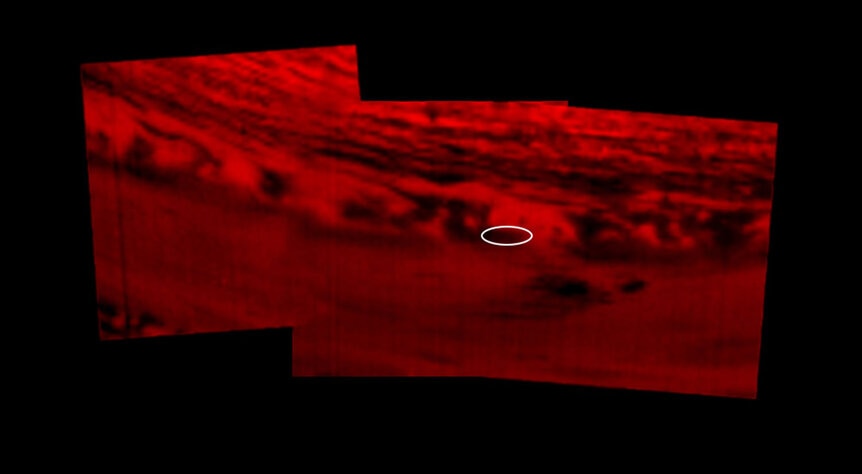Create a free profile to get unlimited access to exclusive videos, sweepstakes, and more!
No, that’s *NOT* the last photo of Saturn from Cassini

On September 15, 2017, the Cassini spacecraft plunged into Saturn, burning up after a stunning 13 years of orbiting the ringed wonder. That planet, those moons, those rings … everything Cassini saw and experienced and sent back to us humans on Earth was gasp-worthy and awe-inspiring. We had never seen the like, and it may be decades before we do again.
At the time, many electrons were spilled over the amazement we all felt from the mission, and the bittersweet emotions from the spacecraft’s demise. My own feelings were easy to recount; Saturn has been a big part of my life for decades, and was in no small way an impetus for me to seek out a career in astronomy.
As the one-year anniversary next week approaches, more articles will be written, I’m sure. And there will be galleries of images too. Of course there will be! A picture is worth a thousand words, as the saying goes …
… and sometimes they’re worth just one word. And in this case, that word is “no.”
That image is making the rounds on social media right now, and the claim is that it’s the last image Cassini took. For example, this tweet — which has over 5,000 retweets and 12,000 “likes” as I write this, and may be from a bot — says, “Cassini's last image before entering Saturn's atmosphere and burning up.”
The only problem? It’s not.
It’s a painting. Artwork. It was put out by NASA/JPL in April 2017, long before Cassini burned up. It’s gorgeous, to be sure, but it’s a drawing. It was meant to promote the last few orbits of the mission, when Cassini took a series of extremely low plunges above Saturn’s cloud tops, coming within 4,000 kilometers to as close as 1,600. It did that a staggering 22 times — the last five actually passing through the upper parts of the atmosphere — before the Final Dive.
The painting is lovely, but there are a few things that give away its unreal pedigree. For one, the cameras on Cassini were mounted in such a way that the spacecraft itself couldn’t be seen. You don’t generally want the high-gain antenna blocking your view of some important feature on a moon or in the rings. Self-photobombing is frowned upon in such circumstances.
Also, at that close to the planet I’d think the spacecraft would be moving so rapidly that much of the fine detail would be blurred even in short exposures. On top of that, the planet is bright, as are the rings, so seeing any stars at all in the same image would be nearly impossible, let alone hundreds of them. That’s artistic license, and I’m fine with it, but these are all pretty good clues it’s not an actual image.
I do love this digital painting. But we should get this right.
So what was Cassini’s final image? This:
That monochrome shot was taken on September 14, 2017, less than a day before Cassini burned up. It shows a region of Saturn on the planet’s night side, and includes the part where Cassini fell in. The illumination is from the rings themselves, reflecting sunlight onto the planet’s unilluminated hemisphere. This image was taken from a height of 634,000 kilometers (a little less than twice the distance the Moon is from Earth), and you can see some of the ghostly faint inner rings near the bottom.
Quite a few images were taken at this time, and many were in different filters, allowing a natural color composite to be made, too:
Saturn’s atmosphere has a layer of haze above it, which mutes the bands and storms you’d otherwise see. Jupiter doesn’t have such a layer, which is why its weather is so much more obvious. Compared to that, Saturn looks almost subdued.
But that’s in visible light. At around the same time a camera called the Visible and Infrared Mapping Spectrometer took an image at a wavelength of 5 microns, about 7 times longer than the reddest light our eyes can see. This type of thermal imaging shows heat leaking up from the interior of Saturn, while the cold clouds above it block that light so they appear dark, silhouetted against it:
The oval shows the location where Cassini came in a few hours later.
Incredible. That’s another planet, over a billion kilometers away! I think it’s worth at least a few minutes of your time to peruse these images, think about the mission, and bask in the glow of being able to at least somewhat satiate our natural human curiosity about the Universe around us.
But when we do, we should do it right. We owe it, if not to the spacecraft itself, then to the hundreds of people who worked on it, some for their whole careers. Cassini was an avatar for us, a representative of us, and it represented the best of us. Let’s give it and them their due.































